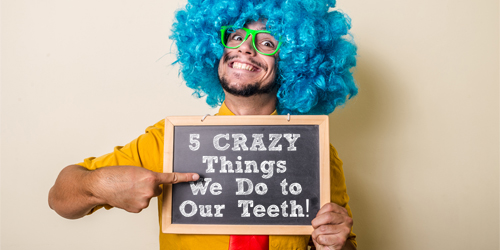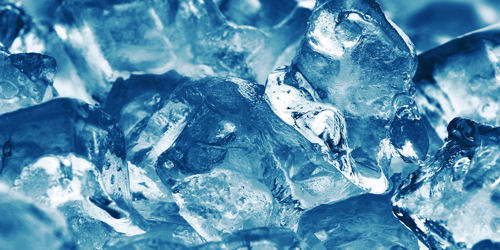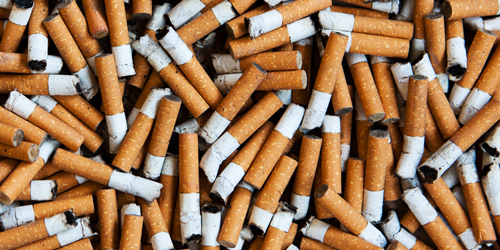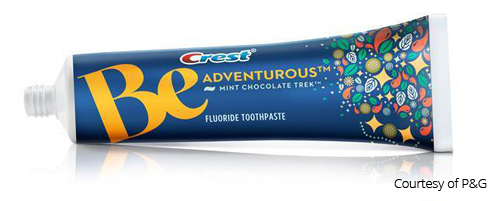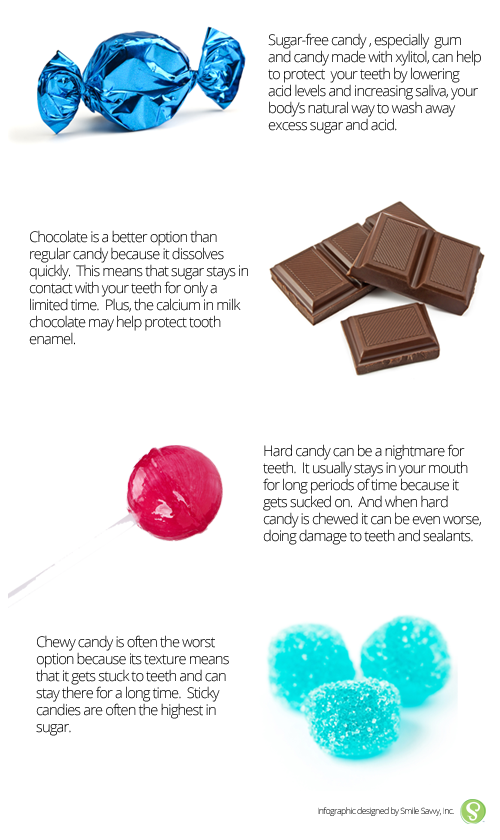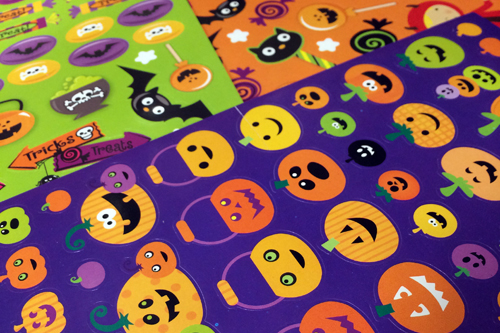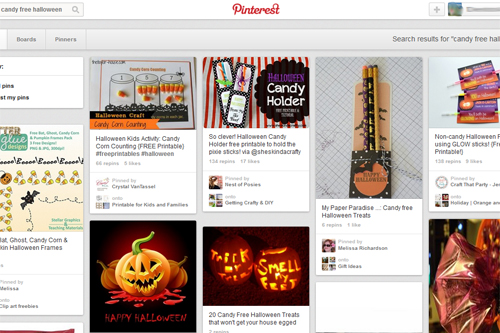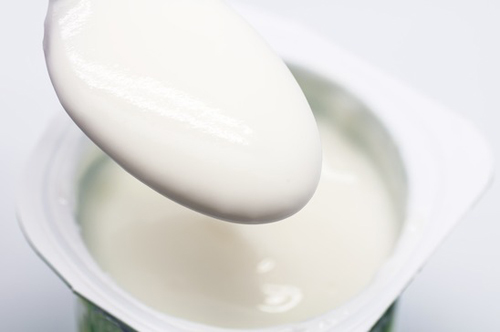Kids and adults do some crazy things to their teeth! Avoiding our list of the top five is a great way to save yourself from future tooth trouble.
1. Using your teeth as tools.
Your teeth are not bottle openers, package rippers, string cutters or any of the number of other crazy tools they get used for. Broken teeth can result in repairs that never end up being as strong as the original tooth. Grabbing a bottle opener, pliers or pair of scissors may be less convenient than using your teeth, but the effort saved isn’t worth an emergency trip to the dentist.
2. Chewing on ice.
Tooth enamel is the hardest substance in the human body. Its job is to protect the softer tissues below the surface of your teeth. But as tough as your enamel is, it’s still no match for the abuse of chewing ice. Microscopic fractures, gum damage and even broken teeth are all the hazards of chewing ice. The next time you or your child wants something crunchy to chew on, try an apple instead.
3. Drinking tons of soft drinks.
Where does most of the sugar from a typical 2 year old child’s diet come from? Soft drinks. In fact, the average toddler gets more total sugar in his or her diet from soft drinks than with cookies, candy and ice cream combined! Sugar feeds the bacteria that eat away at the surface of our teeth making them more susceptible to cavities. What’s the best choice for your home? Fluoridated tap water.
4. Smoking.
One of the craziest things people do to their teeth is smoking tobacco products. Smoking can cause discolored teeth, bad breath, an increase in plaque and tartar, increased risk of gum disease, delayed healing following dental surgery, inflamed salivary glands, oral cancer…and the list goes on. Plus, teenaged children of smokers are 15 times more likely to smoke themselves.
5. Never flossing.
According to the American Academy of Pediatric Dentistry, only 7% of children floss daily. That shouldn’t be surprising considering that 10% of adults in a recent survey admit to never flossing. This is in spite of the fact that flossing is one of the primary means of fighting tooth decay. Most cavities begin between the teeth, where a toothbrush simply cannot go. To ignore flossing is…well, crazy!

